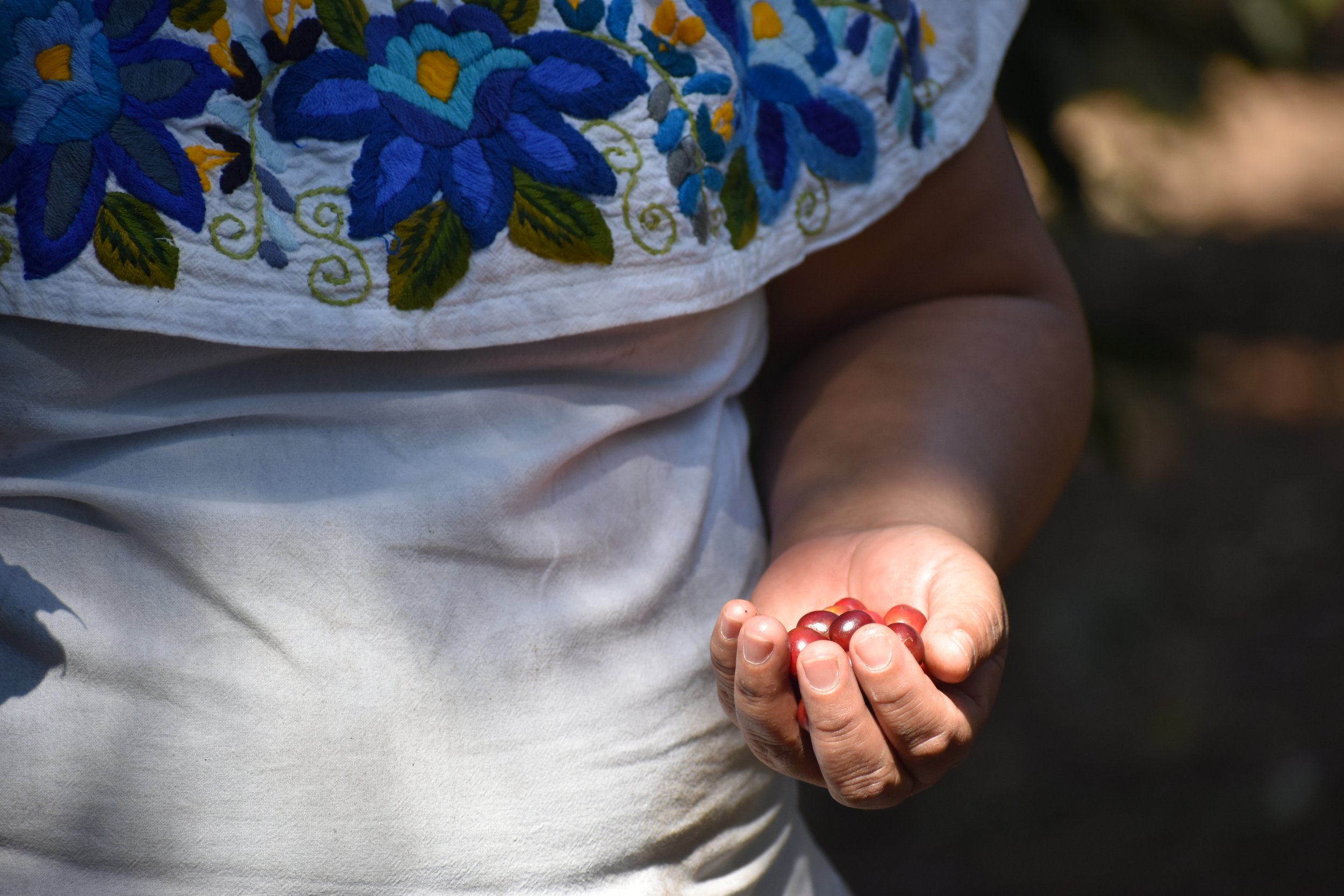
Guatemalan Washed Process Coffee from the Producers' Perspective
Washed process coffee is the most common of all processes and, thus, the easiest to find at grocery stores and coffee shops all around the world. From the consumer perspective, this favoritism could be because of a cleaner coffee and consistency in flavors from harvest to harvest. In this article, we’ll learn more about the washed process coffee from the producer’s perspective and understand their preferences when processing their coffee.

Peculiarities of Guatemalan Natural Processed Coffee
The natural process begins after the fully ripe coffee fruits have been harvested. In Guatemala the harvest is done by hand without the use of machines. After the harvest, they are immediately put to dry on drying patios or raised beds under the sun for about two weeks. The result of drying the entire fruit with all of its layers and sugars is an intense earthy and fruity flavor.

Women Who Inspire Inclusion | Women Caficultora Network Project
At De La Gente, we work with many women who inspire inclusion on a daily basis working as coffee producers, mothers, wives, and sometimes, as head of households. In a perfect world, having a career in coffee or any other job would be perfectly normal, but in the case of the members of the Women Caficultora Network Project by De La Gente, that’s not the case.

Guatemalan Coffee Beans from the Traditional Atitlán Region
Guatemalan coffee beans from the Atitlán region are cultivated between 5,000 and 5,600 feet above the sea level (1,640 - 1,706 meters), along the lake’s shores and on steep slopes of these volcanoes. The high humidity, volcanic proximity, and daily Xocomil winds stirring cold lake waters create a distinct microclimate that gives Atitlán’s coffee a unique profile.

Huehuetenango Coffee Harvested in the Cuchumatanes Mountains of Guatemala
Huehuetenango coffee is well known for its quality and unique flavor. The topography, elevation, and climate of this specialty coffee growing region all contribute to making Huehuetenango coffee some of the most distinct and enjoyed within the international specialty coffee community.

Where is Coffee Grown Near the Two Highest Peaks in Central America?
San Marcos, one of Guatemala’s departments (state/province), shares a border with Mexico and is home to Central America’s two highest peaks—Tajumulco and Tacana Volcanoes. ANACAFE (the National Coffee Association of Guatemala) pays tribute to this iconic volcano duo and extensive volcanic presence throughout the region by naming this specialty coffee growing region Volcanic San Marcos.

Women in Coffee in Huehuetenango | Promoting Equality in the Coffee Industry in Guatemala
While we still have a long way to go to truly achieve gender equality in the coffee industry, it’s certainly worth highlighting where we see advancement—from the women coffee growers who are challenging the status quo to the administrations who are taking bold steps to break biases within their organizational structures. These examples serve as immense inspiration for what De La Gente, our partner cooperatives, and the entire coffee industry can achieve to ensure there are more women in coffee—from cultivation to processing to serving to negotiating.

Antigua Coffee Growing Region | the Land of Shade Grown, Premium Coffee
Antigua, Guatemala is considered to produce some of the best coffee in Guatemala that is internationally recognized for its outstanding quality and flavor. Rainy and dry seasons are well-defined, allowing for gradual and uniform maturity of some of the best arabica, shade grown coffee beans that give way to a specialty coffee that is “elegant and well balanced with a rich aroma and very sweet taste.”

